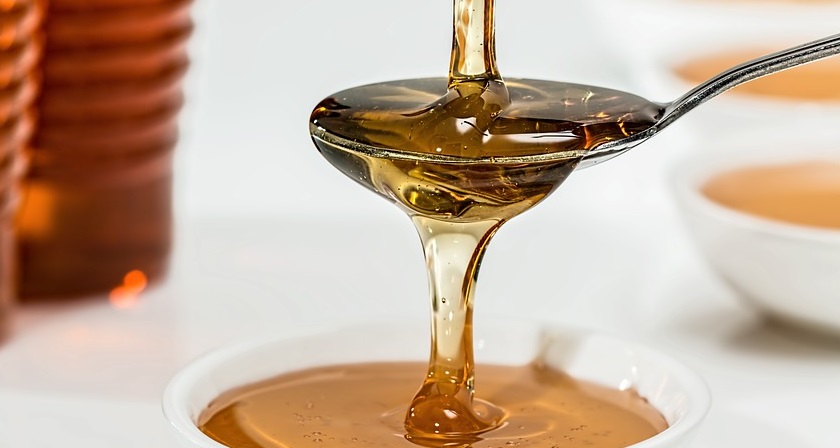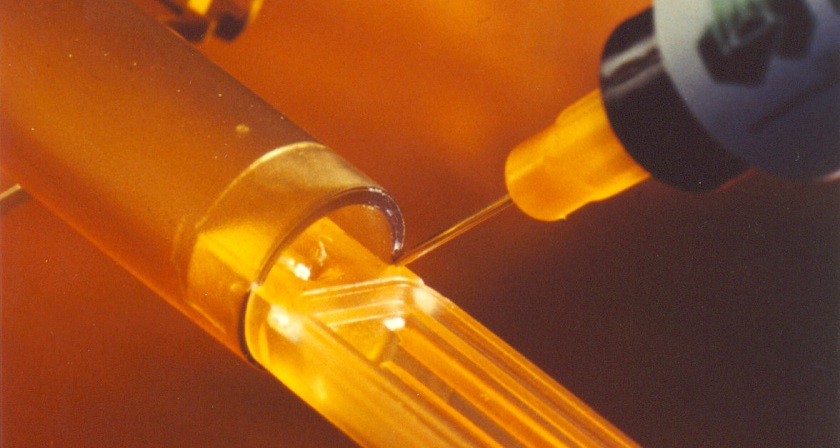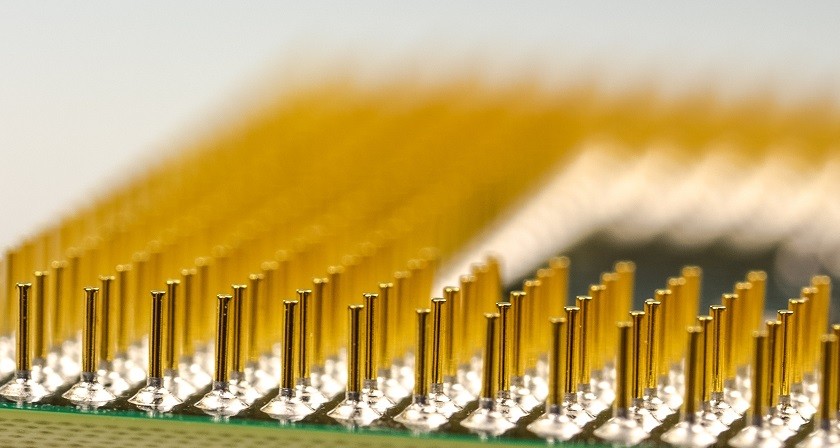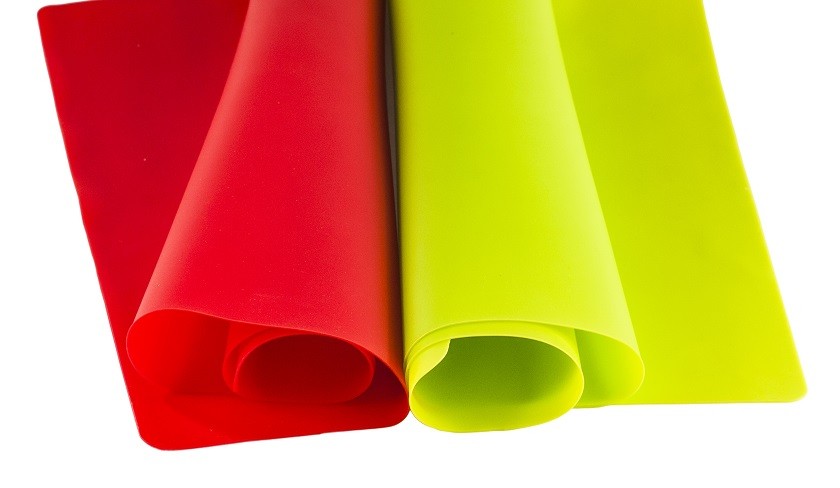Lubricant can be necessary within many typed of medical applications to reduce the friction on moving parts. Which factors are important to keep in mind when choosing a biocompatible lubricant for your medical application? Let’s go through some things to consider.
For more information about what types of lubricants are offered for medical applications, read our previous blog post describing these.
Type of application
The biocompatibility of lubricants from Nusil is tested according to ISO 10993. Within this specification, there are two levels of biocompatibility: for short-term implantation (less than 30 days) and for long-term implantation(over 30 days). Make sure to choose a lubricant with the right type of classification.
What type of friction reduction is needed? Hydrophobicity?
For example:
- Reducing the insertion force into human tissue for needles, cannulas, trocars and cutting tools.
- Reducing the drag force against other components or tissue for catheters, guidewires or cutting tools.
- Minimizing the break loose force for valves and stopcocks.
What material is being lubricated?
Silicone
The surface of a cured silicone elastomer (s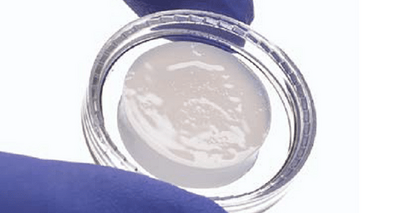 ilicone rubber) often has a high coefficient of friction and can feel tacky. This can be an obstacle when certain parts need to be kept mobile. Silicone elastomers also have a tendency to stick to each other in a process of chemical affinity called blocking.
ilicone rubber) often has a high coefficient of friction and can feel tacky. This can be an obstacle when certain parts need to be kept mobile. Silicone elastomers also have a tendency to stick to each other in a process of chemical affinity called blocking.
When choosing a lubricant for silicones, it is important to consider the chemistry of the silicone. If the elastomer and fluid are too similar, the fluid lubricant can migrate into the elastomer, making it swell and losing its lubrication effect. Most silicone rubbers are based on dimethyl silicone polymers. Choosing a fluorosilicone-based lubricant will prevent migration. Another thing that can help is choosing a higher viscosity lubricant, such as a silicone grease. Apart from the more tradtitional lubricans such as fluids and greases, there are also curing coatings that can be applied on the surface of the elastomer. These products bind chemically to the surface and form a dry and flexible coating that will not influence the mechanical properties other than lowering the coefficient of friction. Another non-traditional option is using a self-lubricating silicone when manufacturing the silicone detail.
Metal
Metal surfaces on for example scalpels, needles and cannulas can have higher friction than we could like when they come in contact with our skin and tissue. The friction from emtal can cause unnecessary damage and of course, causes pain for the patient. To reduce friction, a lot of effort has been put into optimizing th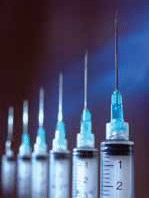 e design of the metal. Look for example on the tip of an injection needle and you will see that the needle tip has a certain shape meant to minimize the insertion force. The friction that remains can be reduced even more using a biocompatible silicone lubricant.
e design of the metal. Look for example on the tip of an injection needle and you will see that the needle tip has a certain shape meant to minimize the insertion force. The friction that remains can be reduced even more using a biocompatible silicone lubricant.
For metals, it is especially important to think about how long the lubricant needs to work for. Is it a product for one-time-use (e.g. injection needle) or for multiple use (e.g. a suture needle that will penetrate the skin multiple times).
A common choice for metals is to use a silicone fluid. For single-use items, a low viscosity fluid is suitable, but for multiple use a higher viscosity can be better, perhaps dispersed in solvent to get an asier and more even dispensing.
Glass
Silicones tend to have a very good adhesion to glass thanks to their quite similar chemical structure with Silicon-Oxygen polymer chains. Adding heat can actually make the otherwise so non-reactive silicone crosslink to the glass for even better long-term adhesion.
Often, in lubrications applications concerning glass, the purpose of it is to get a hydrophobic surface. For example inside syringe barrels to enable easier dispensing of the medicine inside. This type of applciation is usually referred to as siliconisation. A biocompatible silicone fluid or grease is a good choice for glass. Potentially, it can be dispersed in solvent for the sake of dispensing and adding heat is optional.
Plastics
There are many types of plastics commonly used within the medical industry. Friction points on plastics can require a lubricant. To get valves and plugs of different sorts to glide better, a biocompatible silicone grease is common since this type of lubricant tends to migrate less than a fluid. If you want to use a dispersion – make sure that the plastic is not damaged by the solvent.
What type of process is possible?
Thnak about whether your process has the ability to apply heat for heat curing products, if there is sufficient humidity levels for moisture curing and if you can consider using solvents.
How will the lubricant be applied?
Through wiping, brushing, spraying or dipping? Will the process be manual or automated?
How many cycles should the lubricant hold for?
If only one or a few, choose a low viscosity lubricant.
If more – choose a high viscosity lubricant or a curing system.
Selector guide for biocompatible lubricant from Nusil
Any questions? Don’t hesitate to ask!

 ilicone rubber) often has a high coefficient of friction and can feel tacky. This can be an obstacle when certain parts need to be kept mobile. Silicone elastomers also have a tendency to stick to each other in a process of chemical affinity called blocking.
ilicone rubber) often has a high coefficient of friction and can feel tacky. This can be an obstacle when certain parts need to be kept mobile. Silicone elastomers also have a tendency to stick to each other in a process of chemical affinity called blocking. e design of the metal. Look for example on the tip of an injection needle and you will see that the needle tip has a certain shape meant to minimize the insertion force. The friction that remains can be reduced even more using a biocompatible silicone lubricant.
e design of the metal. Look for example on the tip of an injection needle and you will see that the needle tip has a certain shape meant to minimize the insertion force. The friction that remains can be reduced even more using a biocompatible silicone lubricant.